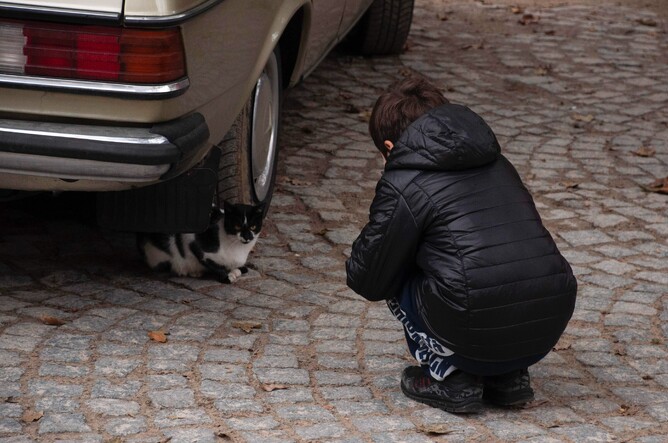What can I do daily to live longer and stronger ?
Our bodies haven’t changed much over many thousands of years. We are still built to move in all the ways our hunter gatherer ancestors needed to. With today’s transport systems, effort saving white goods, power tools and gadgets, plus our use of screens that glue us to our chairs, what is the outcome ? Aching hips and backs, stiff necks, sore knees, and a big down curve for many indicators of good health.
It is better to think about pain and discomfort in the body not as damage or trauma but as a cue for change. That cue will turn into a loud complaint if we ignore it.
We have spent two decades teaching Pilates to everyone from athletes to ordinary people who just want to feel better. We know that movement can counteract the effects of modern living, enhance your ease in motion and improve all the body’s systems (digestive, circulatory, immune, lymphatic). The following hacks are basic body maintenance, and suitable for everyone. They are a gateway to being able to do all the things you love for longer and stronger.
What are the main movement hacks ?
Some of these simple moves you will already be doing; you may just need some encouragement or to do them a bit differently. Many can easily be worked into your day.
Stand on one leg while you brush your teeth.
Sit on the floor to watch TV.
Walk during phone conversations.
And squeeze your bum while standing in a queue (no one will notice).
What you once thought of as still moments are, in fact, great little opportunities to move – opportunities that will add up to a big change in the way you feel. Try them daily or as often as you can.
Get off the sofa and onto the floor.
Spending 15 to 30 minutes a day sitting on the floor helps take your hip joints into healthy ranges they don’t normally reach and loads your spine in advantageous ways. Both payoffs help undo some of the pain-inducing positions the body finds when you sit in a chair for a loooong time to work on a computer or binge-watch a series.
Try switching between these three positions:
Crisscross apple sauce: sit with legs crossed in front of you, like you did at primary school.
90/90: Mermaid sit. Sit with one leg bent at 90 degrees in front of you. Slightly resting on the front leg’s side of your bum, bend the other leg at a 90-degree angle so that foot is behind you. Change sides after five minutes.
Long sitting: sit with your legs straight in front of you, back straight or with your torso leaning slightly forward.
Look Mum no hands !
Can you get up from a cross-legged position without holding on to anything or placing a hand or knee on the floor? Don’t worry if you can’t – it really takes practice, but it’s worth working on: getting up from the floor without assistance is a predictor of a longer life (research supports and nailing this test means a decrease in all causes of mortality and morbidity), it’s a strong indicator that your body is stable, supple and efficient.
Squat sit. It's a thing.
In some cultures, squatting is as common as sitting in a chair. It’s not used as a strength training exercise, but is seen for what it is, an innately human work or rest position that is beneficial for the knees, hips, back and pelvic floor. The ideal squat/ sit is with knees bent, bottom a few inches above the floor, hip creases well below the knees, toes pointing forward, and heels flat on the floor. If that’s too difficult, simply squat as low as you can go – hold on to a door or the back of a chair for stability – and stay for between five and 10 breaths.
Go Flamingo
Balance diminishes with age and that contributes to the chance of falling . But falls are the third most common cause of unintentional injury worldwide for ages 18 to 35, too. Try standing on one leg to clean your teeth. Also You can stand on one leg for 20 seconds, then switch sides. If you can manage that, then try it standing inches from a blank white wall, or looking at your hand infront of your face. A lack of visual cues makes it harder. Then finally try it with your eyes closed.
Ruck it up
Adding weight to increase the force on your body is known as loading. That force makes for a positive adaptation response in your bones, muscles and connective tissues, making them stronger and healthier. You don’t have to lift weights to load – you can do it while walking.
One way is by “rucking”, which involves walking carrying a rucksack with between two and 4.5 kilos of stuff (tinned foods for example). Walking uphill is another way to load, because it increases the workload on your body. Walking briskly has a loading effect too. All three are excellent ways to buck up your cardiovascular system.
This blog strongly references an article in the Guardian newspaper about a new book on the topic Built to Move: The 10 Essential Habits to Help You Move Freely and Live Fully by Juliet and Kelly Starrett is published by Orion Spring (£18.99). Order a copy for £16.71 from guardianbookshop.com



